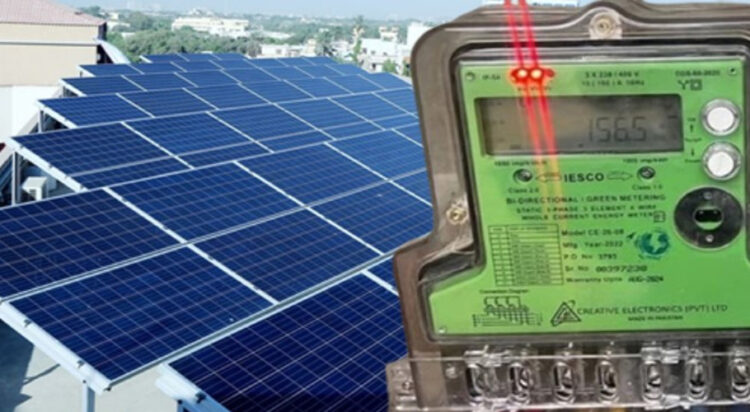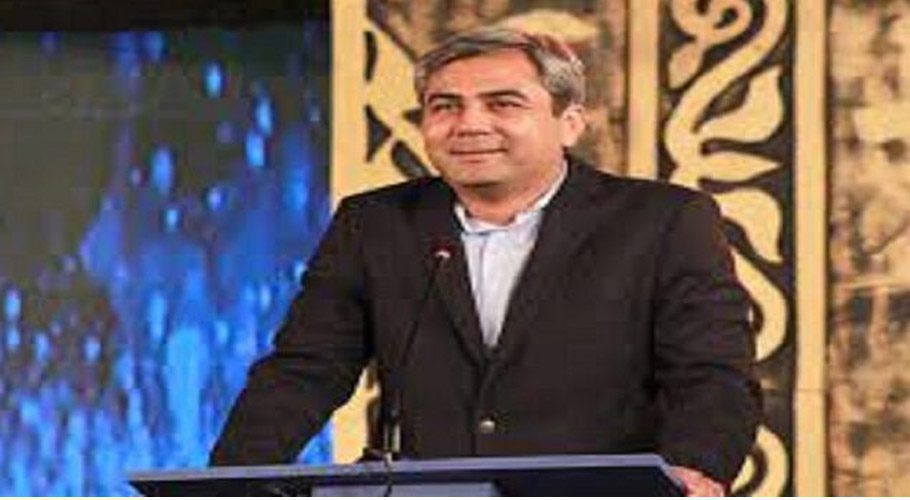The federal government is planning to reform its solar net metering policy but has clarified that the system will not be abolished. Instead, efforts are underway to restructure the mechanism to ensure greater transparency and long-term sustainability.
Net metering, introduced in 2017, enables consumers to generate electricity through solar panels and sell any surplus power back to the national grid, receiving either monetary compensation or credits in return. The policy was designed to encourage the adoption of renewable energy and reduce the burden on the national grid.
Earlier this year, the government reduced the buyback rate for electricity under the net metering system from Rs27 per unit to Rs10 per unit. The decision was attributed to a sharp rise in net metering users, which officials say has created financial pressure on other grid consumers.
“The government is not abolishing net metering but is reviewing its existing framework with the goal of creating a more effective, transparent, and sustainable model,” said Energy Minister Sardar Awais Leghari in a public statement.
Leghari noted that the expansion of net metering is now affecting the national grid, and reforms are needed to address the issue in a timely and responsible manner.
Currently, the government pays Rs21 per unit for solar electricity, which includes a subsidy of Rs1.90 per unit. According to the Ministry of Energy, the cost of this subsidy is ultimately borne by domestic and industrial consumers, effectively supporting wealthier individuals who can afford to install solar systems.
The minister also indicated that the government may consider aligning the solar purchase rate with broader energy procurement prices, allowing for adjustments in line with market trends. However, he emphasized that the goal is not to remove incentives, but to improve the system’s overall fairness and sustainability.




































